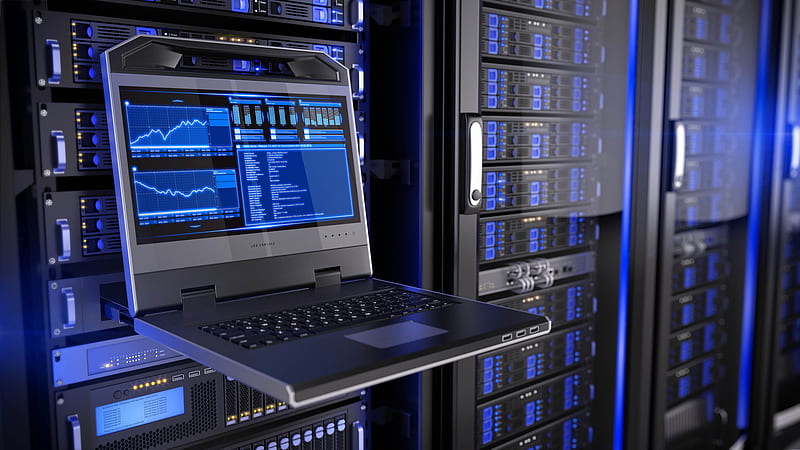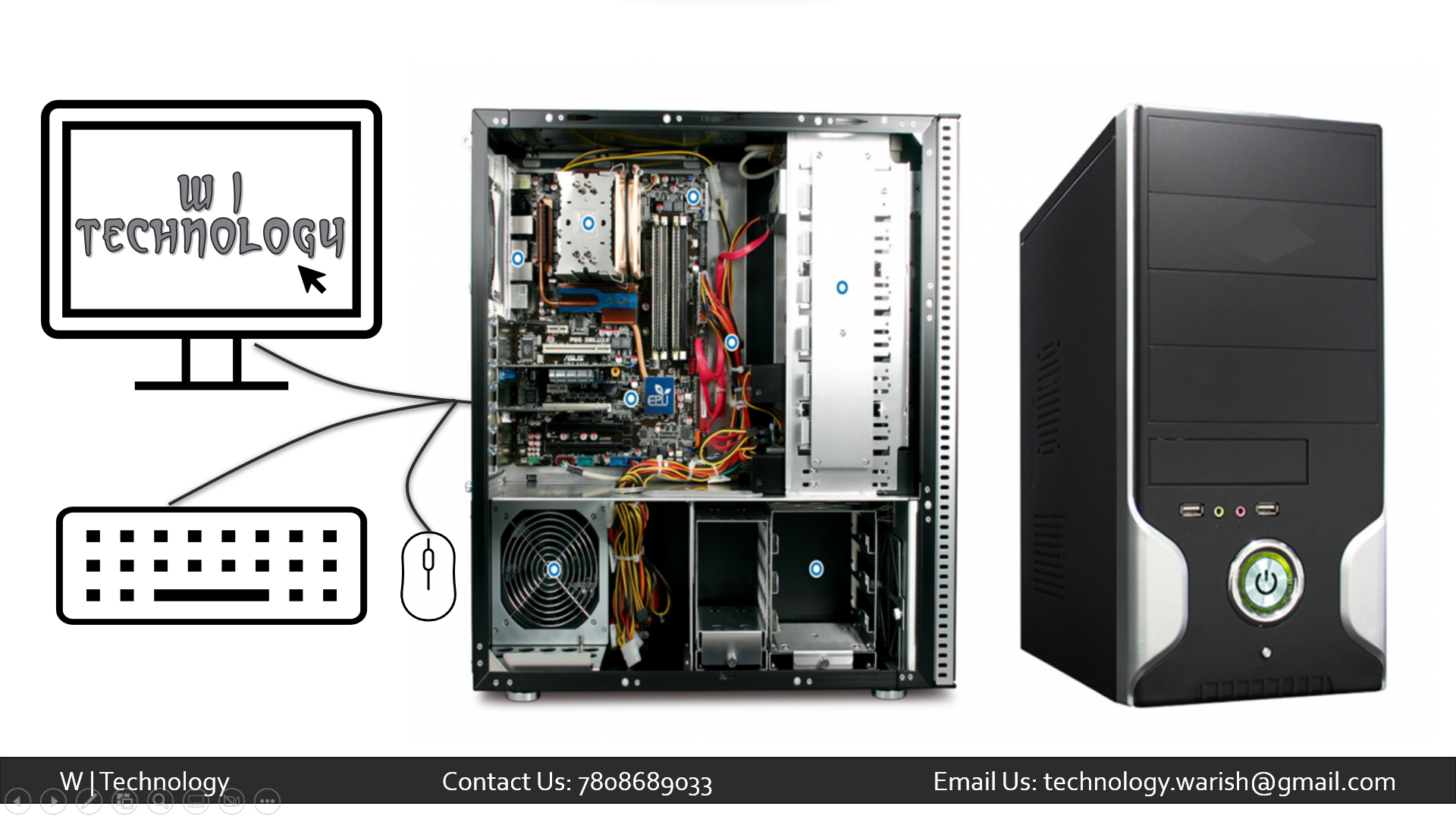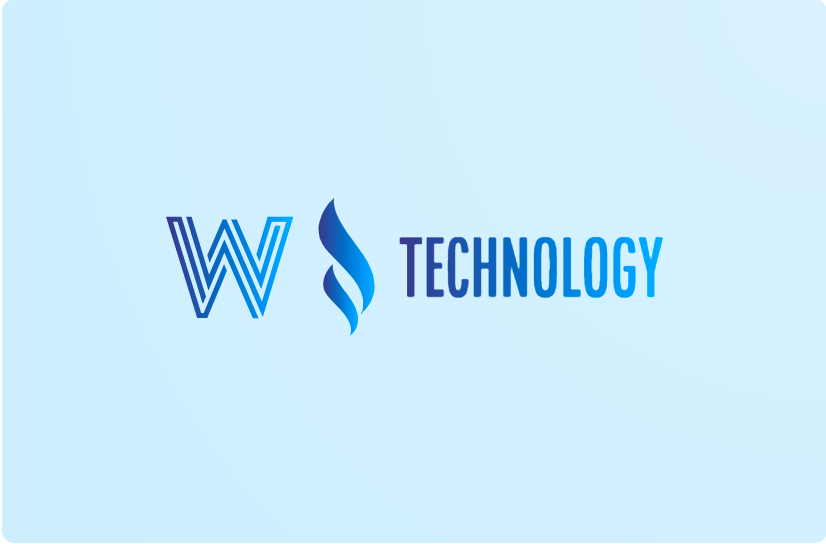How Does a Computer Work?
Ther must have a time when a question arose in everyone's mind that "How does a computer work ?" . Let know about this ; A computer is a machine that can be programmed to carry out a set of instructions. It is an electronic device that accepts data as input, processes it according to a set of instructions, and produces output in the form of information or actions.
Computers are used for a wide variety of tasks, including:
- Communication: Computers can be used to send and receive emails, chat with friends and family, and make phone calls.
- Entertainment: Computers can be used to play games, watch movies, and listen to music.
- Productivity: Computers can be used to create documents, spreadsheets, and presentations.
- Learning: Computers can be used to learn new skills, take online courses, and research topics of interest.
- Controlling other devices: Computers can be used to control other devices, such as printers, scanners, and lights.

How does a computer actually work?
A computer works by converting all of the information it receives into a series of binary numbers. Binary numbers are made up of only two digits, 0 and 1. These numbers are used to represent everything that a computer can work with, including text, images, and sound.
The central processing unit (CPU) is the brain of the computer. It is responsible for carrying out the instructions that are given to the computer. The CPU is made up of millions of transistors, which are tiny switches that can be turned on or off. The CPU uses these transistors to perform calculations and make decisions.
The memory of a computer is used to store data and instructions. There are two types of memory: random access memory (RAM) and storage. RAM is used to store data that is currently being used by the CPU. Storage is used to store data that is not currently being used, such as documents, photos, and music.
The input and output devices of a computer are used to interact with the user and the outside world. Input devices, such as the keyboard and mouse, are used to enter data into the computer. Output devices, such as the monitor and printer, are used to display information from the computer.
How does a computer process data?
When a computer receives data, it is first stored in memory. The CPU then reads the data from memory and performs the instructions that are associated with it. The CPU can perform a variety of operations, such as addition, subtraction, multiplication, and division. It can also make decisions based on the data that it has processed.
The results of the CPU's operations are then stored back in memory. The output devices of the computer then display the results to the user.
How do computers work so fast?
Computers are able to work so fast because they use a technique called parallel processing. Parallel processing allows multiple parts of the computer to work on a task at the same time. This is in contrast to serial processing, which is the traditional way of processing data. In serial processing, the CPU works on one task at a time.
Parallel processing is made possible by the use of multicore processors. Multicore processors have multiple CPUs that can work together on a task. The more cores a processor has, the faster the computer will be able to process data.
What are the different types of computers?
There are many different types of computers, each designed for a specific purpose. Some of the most common types of computers include:
- Personal computers (PCs): PCs are the most common type of computer. They are used for a variety of tasks, such as word processing, browsing the internet, and playing games.

- Workstations: Workstation computers are high-performance computers designed for technical and creative professionals. They are typically used for tasks such as video editing, 3D modeling, and financial analysis. Workstations are more powerful than personal computers (PCs), but they are also more expensive.
Workstations typically have the following features:
- Powerful processors: Workstations typically have powerful processors that can handle complex tasks.
- Large amounts of memory: Workstations typically have large amounts of memory to store data and applications.
- Fast storage: Workstations typically have fast storage devices to access data quickly.
- High-quality graphics: Workstations typically have high-quality graphics cards to support demanding applications.

- Servers: Servers are used to store and process data for other computers. They are used by businesses, schools, and government agencies.

- Mobile devices: Mobile devices, such as smartphones and tablets, are becoming increasingly popular. They are used for tasks such as browsing the internet, checking email, and playing games.

The future of computers
The future of computers is bright. Computers are becoming smaller, faster, and more powerful. They are also becoming more affordable. This means that computers will be available to more people than ever before.
As computers become more powerful, they will be able to do more things. They will be able to learn and adapt to their environment. They will also be able to interact with us in new and exciting ways.
The future of computers is full of possibilities. We can only imagine what they will be able to do in the years to come in form of AI & Robots.
Explore More about
The future of AI in deep - Click Here
OpenAI - Chat GPT - Click Here
Thank You !! for being with me.











0 Comments